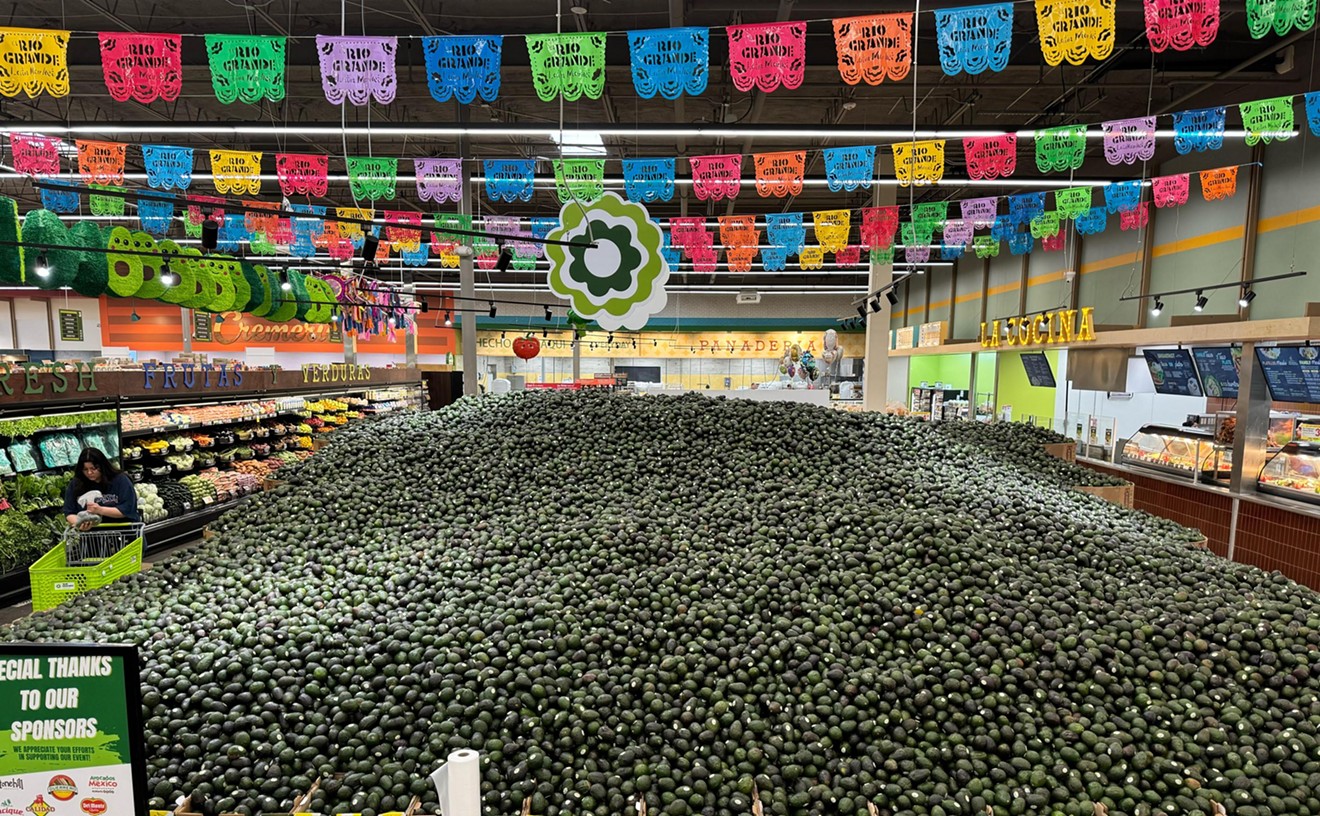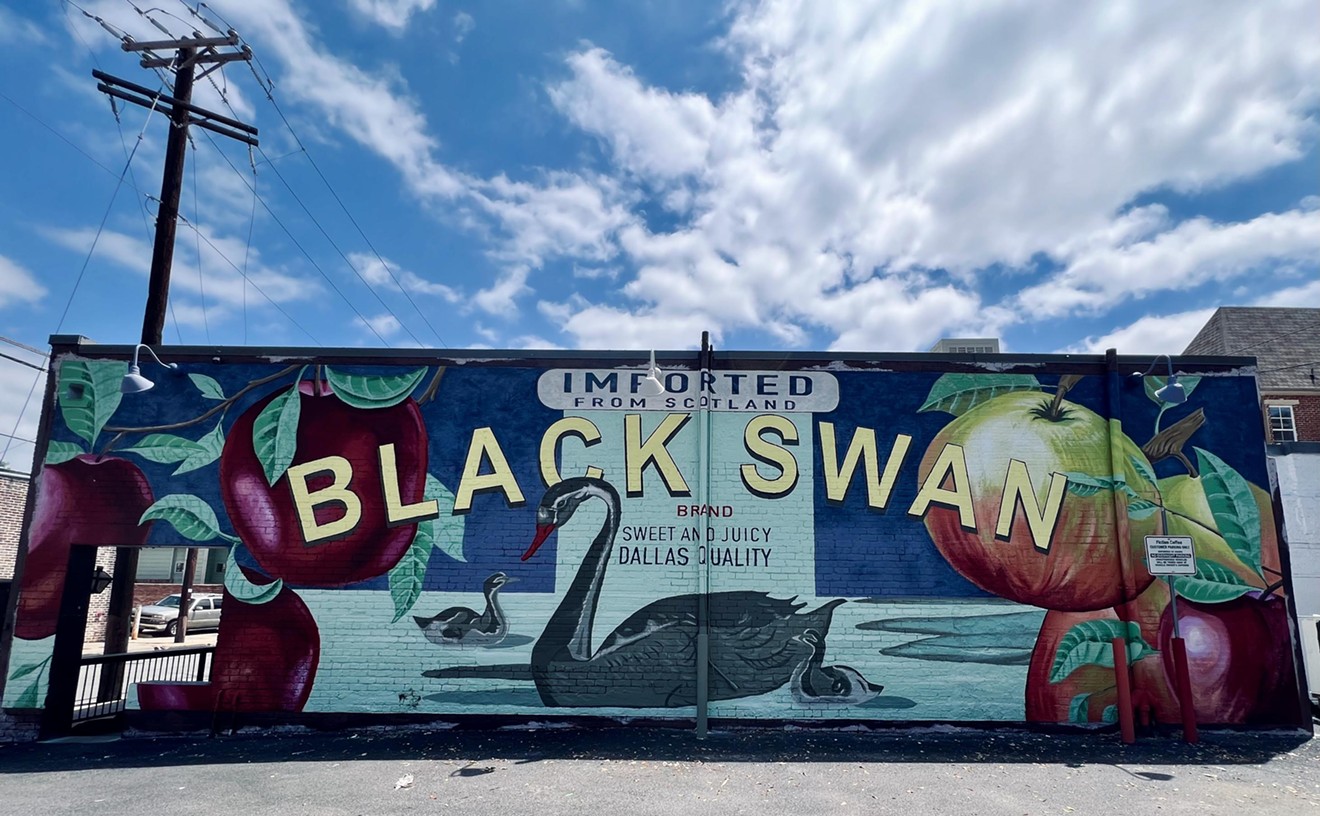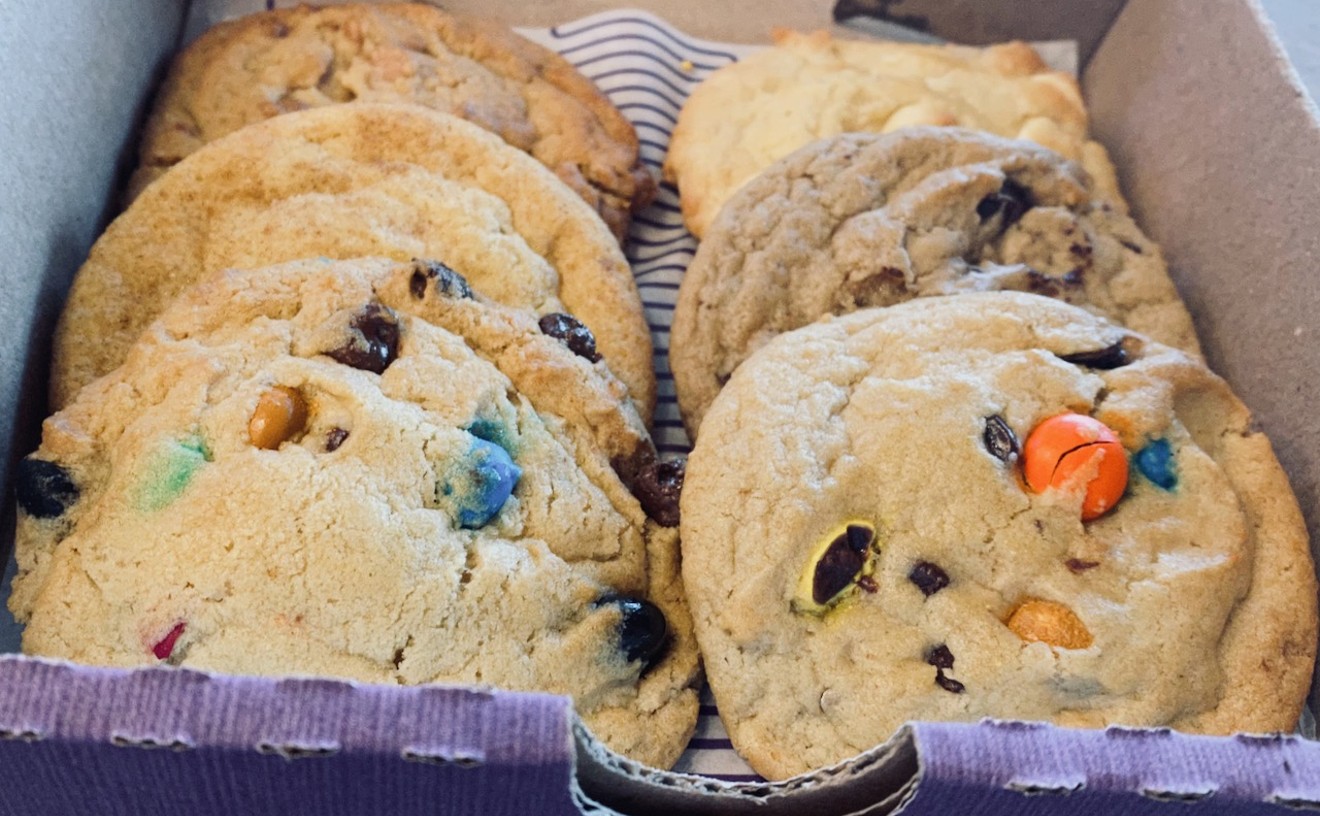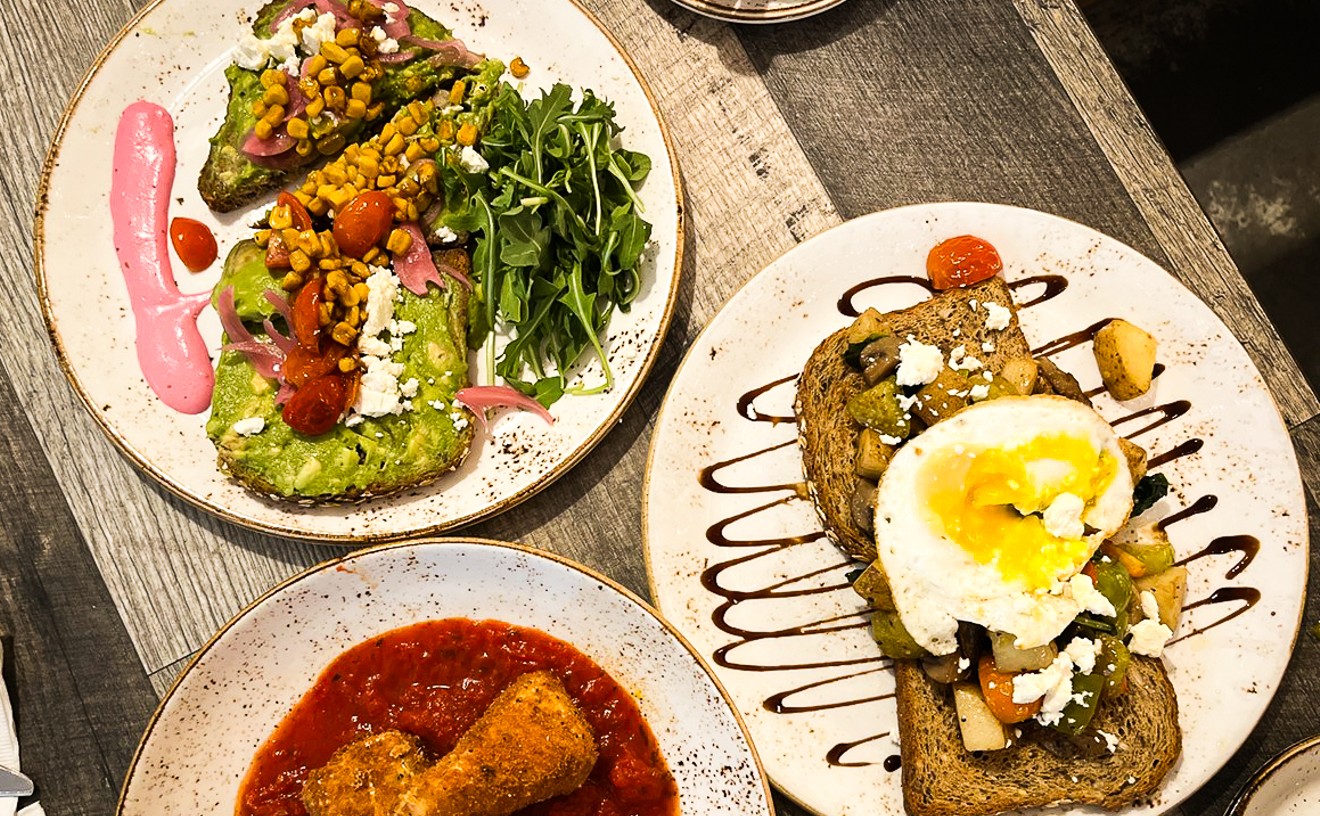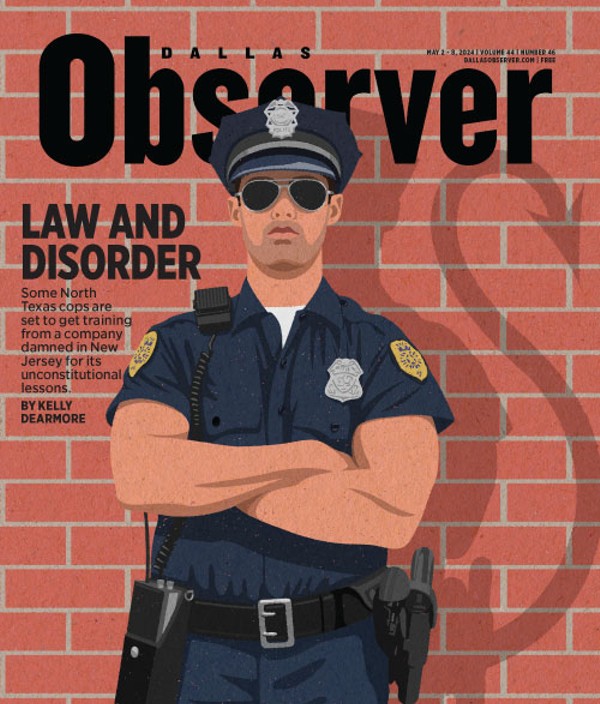The drink became popular in Taiwan in the 1980s before it spread to other Asian countries and became a staple of Asian-American culture. Boba, or bubble tea, is often made with a tea base and its signature tapioca pearls at the bottom.
The growth in boba’s popularity is why Chris Thretipthuangsin opened up Panda Tea in Northeast Dallas earlier this year. But despite that, he says, he still gets asked what bubble tea is on a daily basis.
“I even had to put a poster up in my store explaining boba,” he says.
But boba isn’t a new phenomenon. Some of the biggest boba chains have already taken hold locally. Gong Cha is set to open their fifth location in North Texas after Christmas. ShareTea and Zero Degrees both have five locations in the area with three more on the way. Kung Fu Tea is king of the bubble tea kingdom in North Texas, with 11 locations.
“It wasn’t always like that,” says Terry Pham, owner of Fat Straws Bubble Tea Co. When Fat Straws first opened in 2002, Pham said the only boba places he can remember in DFW were Taiwan Cafe in Richardson, Bethany’s in Arlington, and i Java and Chai, which is no longer in business. There was even Movie and Tea, which served boba as well as foreign Asian films before Netflix streaming became the norm.
“They all had huge menus with Chinese writing next to the English,” he says. “They were really targeted to Asian communities … and I remember thinking, ‘If someone could just present this differently and focus on educating others.’”
That’s what Pham did and now it's what’s required in today’s boba industry.“You know how there’s a second or third wave of coffee? I really consider this the second wave of bubble tea." — Terry Pham, owner of Fat Straws Bubble Tea Co.
tweet this
“Ten, 15 years ago, boba started as an extension to restaurants serving food because it was just a powder you mixed with water, it wouldn’t go bad and it was easy to serve,” Thretipthuangsin says. “Now, you have to brew the tea, and the quality and standards have really gone up.”
It is essential for companies to use real fruit, brew their teas and buy quality products, according to Pham.
“You know how there’s a second or third wave of coffee? I really consider this the second wave of bubble tea,” he said.
Grace Koo said when she opened 9 Rabbits Bakery in 2015, she was sourcing organic, diversified her menu and installed an espresso machine. A year later, she began to notice the big boba chains closing in.
“On the one hand, it’s good because it means that I was onto something and also, these companies do a lot of marketing that ends up helping out us smaller places,” Koo says. “But I feel like it hurts business, too. People used to line up out the door, and now it’s just different.”
Pham said he also noticed the big boom two years ago. He’s not worried about Fat Straws, but Koo said sometimes she worries that boba might go in the direction of frozen yogurt. Frozen yogurt became America’s favorite dessert a while ago, and according to data from Statista, production grew every year after 2009. Things were looking great for the yogurt lovers of the world, but production started to decrease in 2015 when the market became saturated.
“If I’m scared of anything, it would be of a saturated market,” Thretipthuangsin says. “Look at Houston.”
Koo said she’s still putting her money on DFW if the boba shop owners continue to get creative.
“Boba is changing so much in other cities — will Texas be able to keep up?” Koo says. “There are newer drinks, more teas, different ways to brew. Hopefully it will get more exciting and keep things fresh, but that’s really up to the business owners here.”

